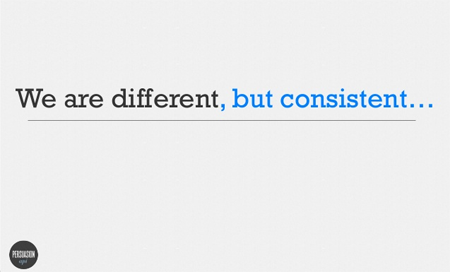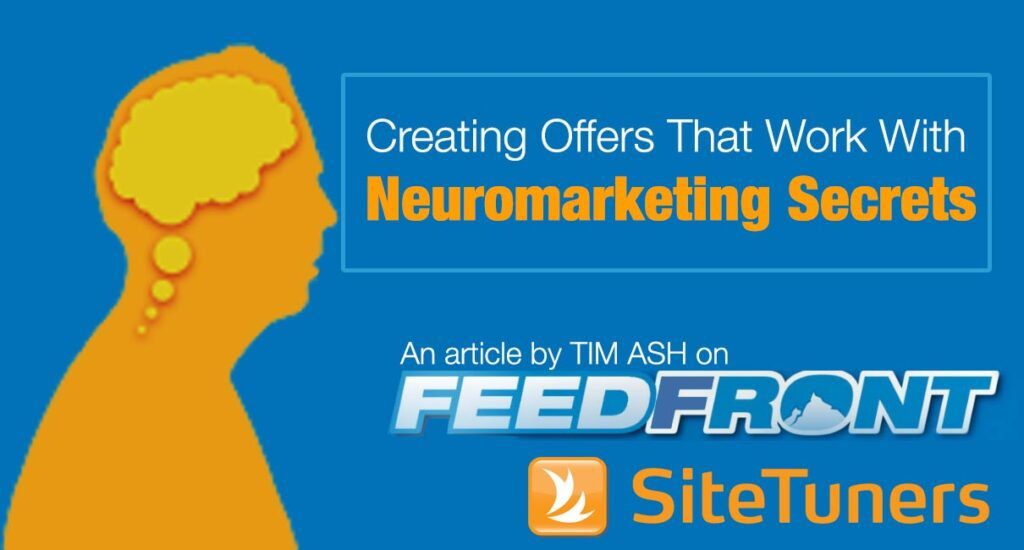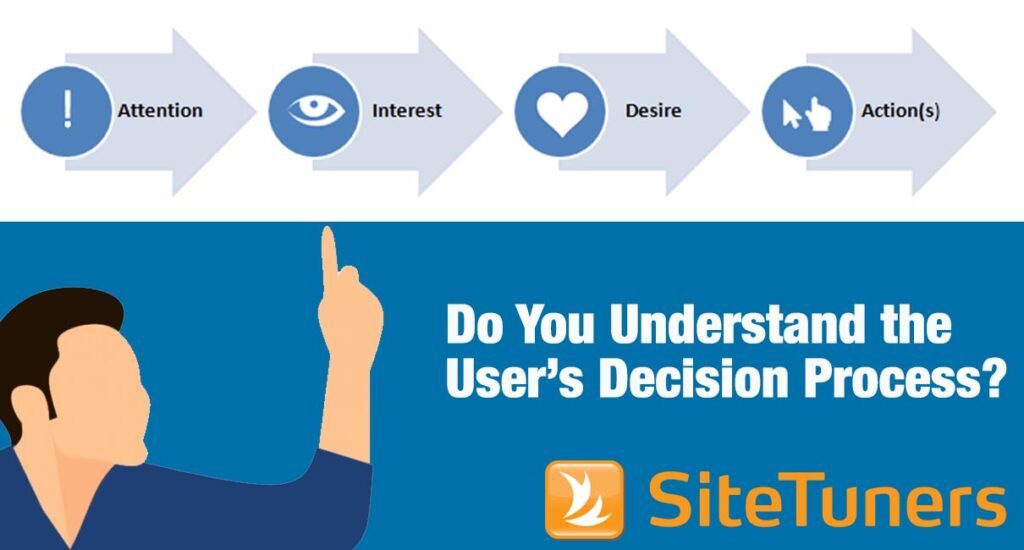
The discussion was anchored around five questions:
What is persuasion?
Maurits defined this as having the goal of changing someone’s attitude or behavior.
Does that work?
To cite an example, Maurits talked about Robert Cialdini’s hotel experiment where he tries to see which version of a message would be most effective in persuading guests to re-use their towels. The conclusion was that the effectiveness of the message was dependent on how it was phrased. In a similar way, in e-commerce, it’s not what you sell, but how you sell it that makes it persuasive.
To think more structurally about the manner of selling, Maurits talked about Cialdini’s six persuasion principles:
• Social Proof
• Liking
• Authority
• Commitment
• Scarcity
• Reciprocity
How do we use the principles?
Based on tests that Maurits has done, ads that use more principles are less effective than those that use an implementation of just one. This may be because people find ads that use strategies based on several principles less credible or off-putting.
Marketers need to select what they’ll pitch to an individual, but which principle do we use?
Are we all the same?
There are two other questions that Maurits poses. The first is if we should use the same principles for everyone, and the second is whether our differences are of any importance in marketing.
If we use strategies based on several principles on an individual user, the strategies that that user does not respond to might backfire (e.g. consensus /social proof might have a negative effect on some people).
People are different in massive ways, and we respond to different strategies, but we are consistent. If we find out what strategy an individual responds or does not respond to, then we know how to approach that individual in the future.
This is what compelled Science Rockstars to create persuasion profiles. A persuasion profile does not try to categorize a person as belonging to a certain bucket; instead it contains estimates of how likely a person will respond to a certain strategy. With each interaction, the profile gets refined. This way ,a company can adjust their online presence in a way that increases chances of conversion for each individual user. It’s not about personalizing or customizing what you sell to people, but how you pitch products to them.
How is it done in practice?
Maurits shared how Science Rockstars does persuasion profiling for a company:
1. Review the company’s sales strategy implementations (or how they sell their products)
They create content or multiple versions for a product with implementations of the different principles. They identify which content they’re showing to whom, so they need identification of people for tracking to look at previous behavior.
2. Company integrates with the PersuasionAPI Cloud Services
They interoperate with the API, allowing the company to change content and track behavior.
3. Science Rockstars logs the successes of each of the attempts
Attempts accumulate fairly quickly, so over time, reliability is increased as you get more data of the person — a more and more refined profile of each individual user is created.
This, however, brings up the question: given a profile, which page do you show? If a profile shows the highest estimate for a certain persuasion profile, do you just use that one strategy all the time for an individual? If done this way, then the marketer will not learn about that individual\’s response to other strategies. So Maurits advises that every now and then, marketers explore some of the other strategies. He talks in length about the explore-exploit trade-off and the multi-armed bandit problem during the webinar.
4. Science Rockstars improves its advice
Based on the response and the needs of clients, Science Rockstars updates its advice.
5. User navigates, Science Rockstars improve
Whenever a user navigates, the system becomes a little smarter. Real time analytics is most effective in predicting behavior.
There were quite a few questions we couldn’t quite get to here. Watch the full webinar to listen to Maurits explain in more detail:
Work with the best!Kickstart your optimization with a 90-minute Website Review from the pioneers in conversion rate optimization. Our CRO experts at SiteTuners can help diagnose your website from a conversion and usability perspective. |



